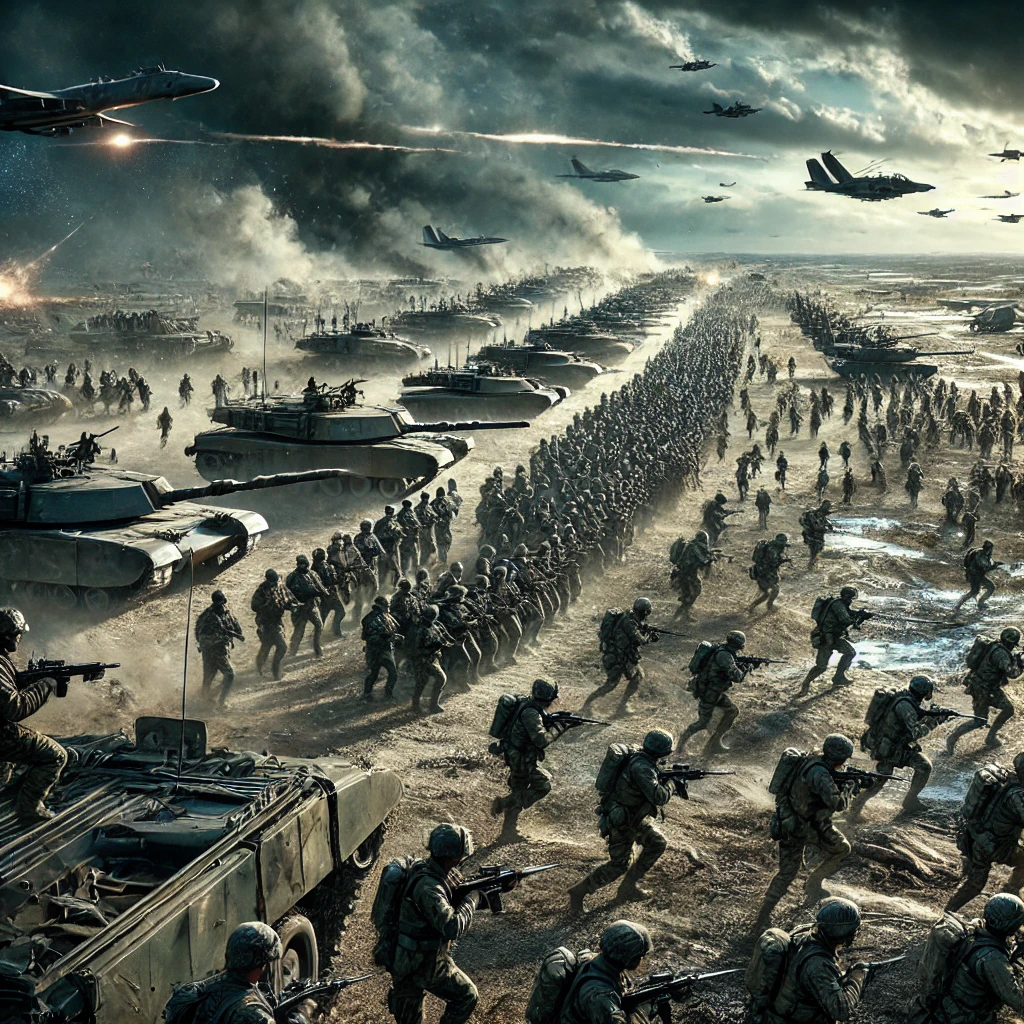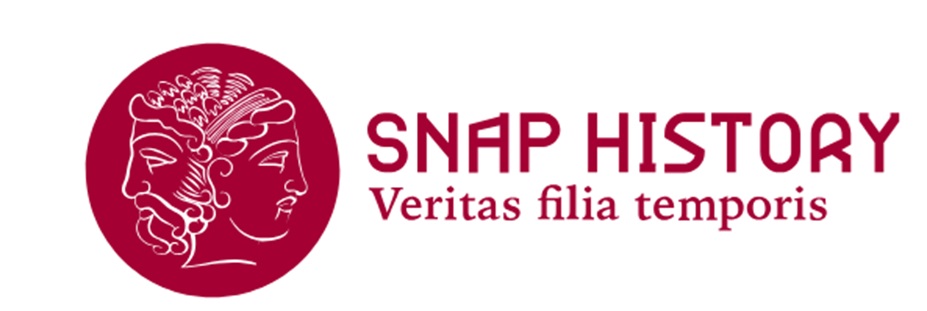Soviet Military Doctrine versus NATO Doctrine
Mass and individual in the history of strategic and military thinking

The 20th century saw opposing military doctrines clash: on the one hand, the massive and expendable use of men typical of Soviet strategy, and on the other the NATO approach, which prioritises collective defence and the protection of soldiers' lives through technological superiority and operational efficiency - Image generated with AI
The 20th century was characterised by catastrophic conflicts such as the two world wars and the rise of socialism in Russia, which profoundly marked the development of different military doctrines and opposing strategies such as Soviet and NATO. The Russian Revolution of 1917 led to a new Russian conception of war, a conception that developed further during the two world wars. The Russians began to adopt tactics that involved a massive, indiscriminate and disproportionate use of men, aircraft and armoured vehicles, the number and speed of which should have led to a quick victory over the enemy, relying on the quantity of men and vehicles rather than their quality. In the Second World War, the principles of this doctrine were revealed in all their clarity: masses of Russian army men were sacrificed in the name of achieving strategic goals, without any consideration for the preservation of individual soldiers' lives. Collective sacrifice was emphasised and political ideology was translated and applied to military strategy. Due to these tactics, the USSR suffered 24 million casualties during the Second World War, a catastrophic number reflecting the desperation, but also the strategy of the Soviet authorities.
In contrast, NATO's military doctrine emphasises collective cooperation and resilient defence that also involves losing ground and giving up tactical objectives in order to preserve the lives of its soldiers. This strategic approach reflects the principles of individualism and individual freedom inherent in Western political and philosophical thinking, which is radically different from the Asian socialist approach. The NATO command prefers to use technological superiority and operational efficiency to minimise losses and balance strategic gains with loss of life.
These two opposing visions characterised the history of war and conflict during the 20th century.
- Biddle, Stephen. Military Power: Explaining Victory and Defeat in Modern Battle. Princeton, NJ: Princeton University Press, 2010.
- Betts, Richard K., ed. Conflict After the Cold War: Arguments on Causes of War and Peace. New York: Routledge, 2017.
- Central Intelligence Agency. Soviet Military Doctrine and Strategy. Washington, D.C.: Central Intelligence Agency, 1983. Accessed October 29, 2024.
Toniatti Francesco - Docente di Storia e Studi Orientali, Master of Arts in International Relations
2025-09-15
Francesco Toniatti
